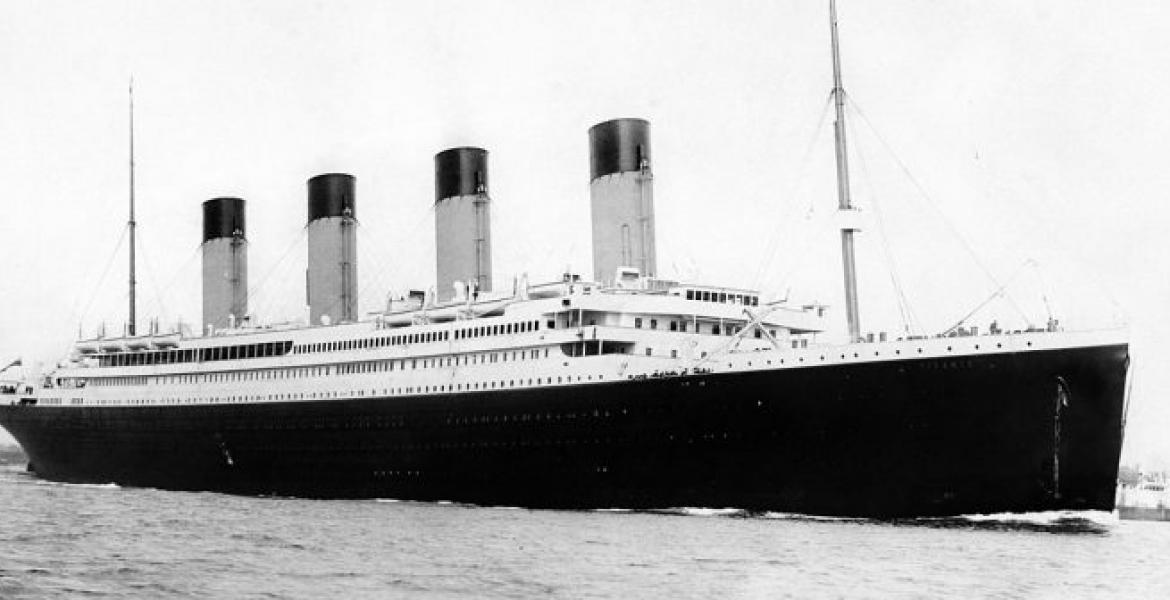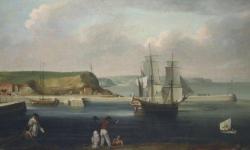Why did Titanic sink?
A new documentary, aired on Channel 4, suggests that the real reason RMS Titanic sank was not ice, but fire. Titanic expert Senan Molony claimed in the documentary, shown on New Year's Day, that an uncontrollable fire weakened the ship causing the hull to breach when it struck the iceberg.
Titanic set sail for her maiden voyage from Southampton on 10 April 1912. Designed as the height of luxury, she captured headlines when she sank with remarkable speed at 02:20 am on 15 April just two hours and forty minutes after colliding with an iceberg. Of the 2,223 passengers and crew on board, a mere 706 survived. According to the 1912 American enquiry into the sinking of Titanic. Among those who went down with the ship, or were left to perish in the freezing Atlantic waters, were John Jacob Astor IV, Isidor Straus and Benjamin Guggenheim, as well as Titanic's captain, Edward Smith and her band, who played until the last. But the crew and the ship's lowliest passengers suffered the worst: only 23 per cent of her crew and 25 per cent of the third-class passengers, most of whom women, survived the night.
According to the 1912 American enquiry into the sinking of Titanic. Among those who went down with the ship, or were left to perish in the freezing Atlantic waters, were John Jacob Astor IV, Isidor Straus and Benjamin Guggenheim, as well as Titanic's captain, Edward Smith and her band, who played until the last. But the crew and the ship's lowliest passengers suffered the worst: only 23 per cent of her crew and 25 per cent of the third-class passengers, most of whom women, survived the night.
The story of the ship and those aboard, of negligence and heroism, suffering and survival, have left a mark on the public consciousness, and everyone thinks they know what happened on the night of the 14-15 April. Yet Molony is now challenging this. Using rare photographs of the ship, which were found at an auction in 2012, Molony shows that black marks on the vessel's side - close to where the ship struck the iceberg - indicate a devastating fuel fire. The shocking part is that this fire didn't start during the journey, but was raging for up to three weeks before the collision with the iceberg. A team of 12 men tried and failed to put out the fire, which burnt at up to 1000°C, but were forbidden from notifying any of the ship's passengers: Titanic was reversed into its berth at Southampton to prevent passengers from seeing the damage. This, it has been suggested, accounts for the focus on keeping Titanic at a high speed, despite the iceberg warnings. Although the fire didn't destroy the ship by itself, it possibly weakened the structural integrity of the Titanic's hull by up to 75 per cent, turning a minor collision with an iceberg into a devastating one. As Molony said in an interview with The Times, 'It’s a perfect storm of extraordinary factors coming together: fire, ice and criminal negligence.'
See our article on Titanic here.
- Log in to post comments




